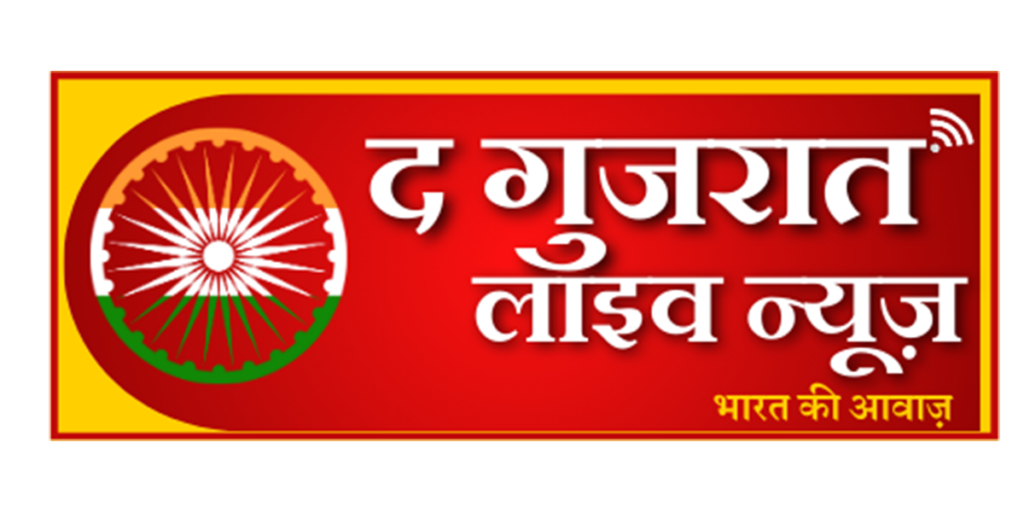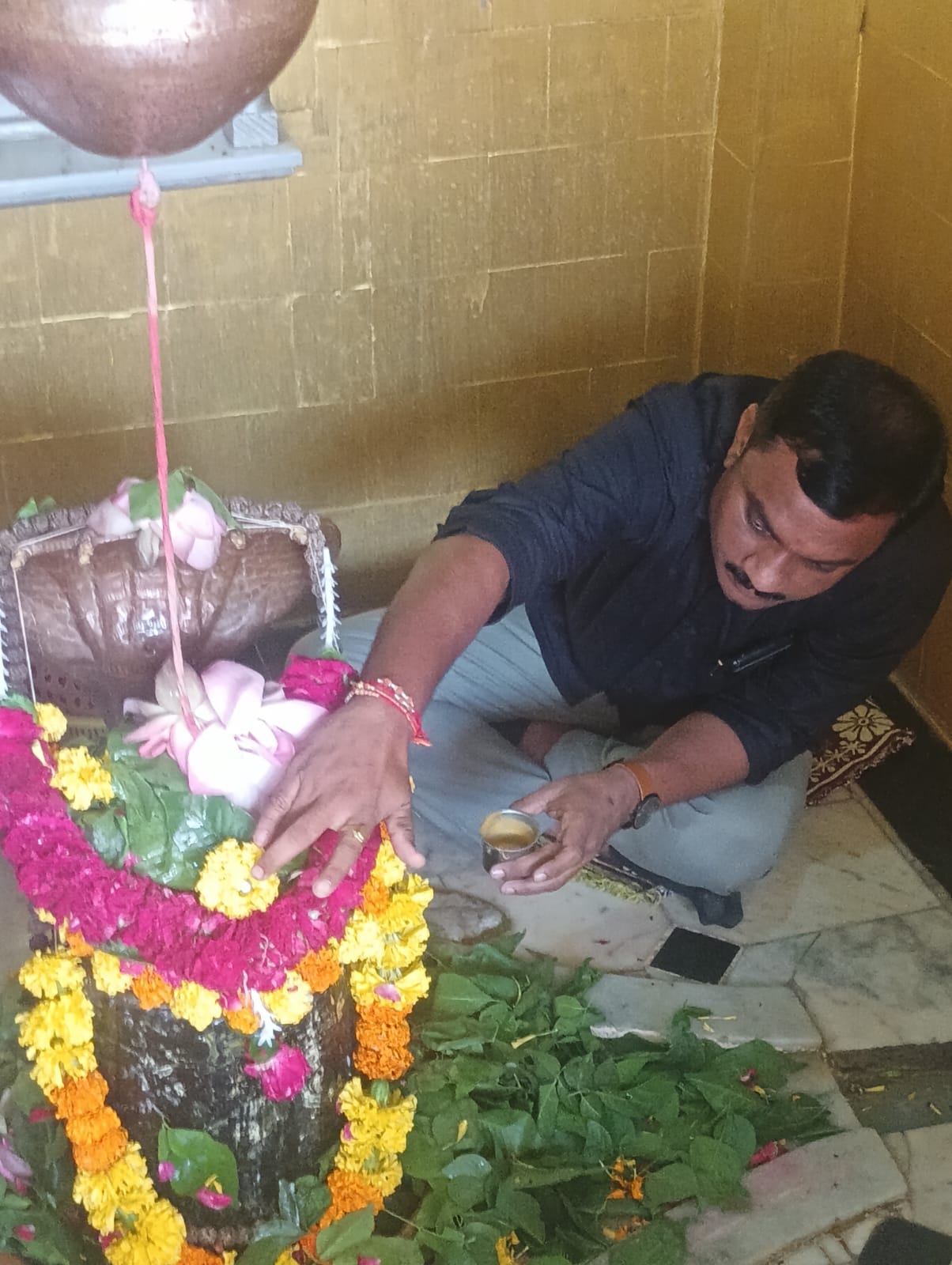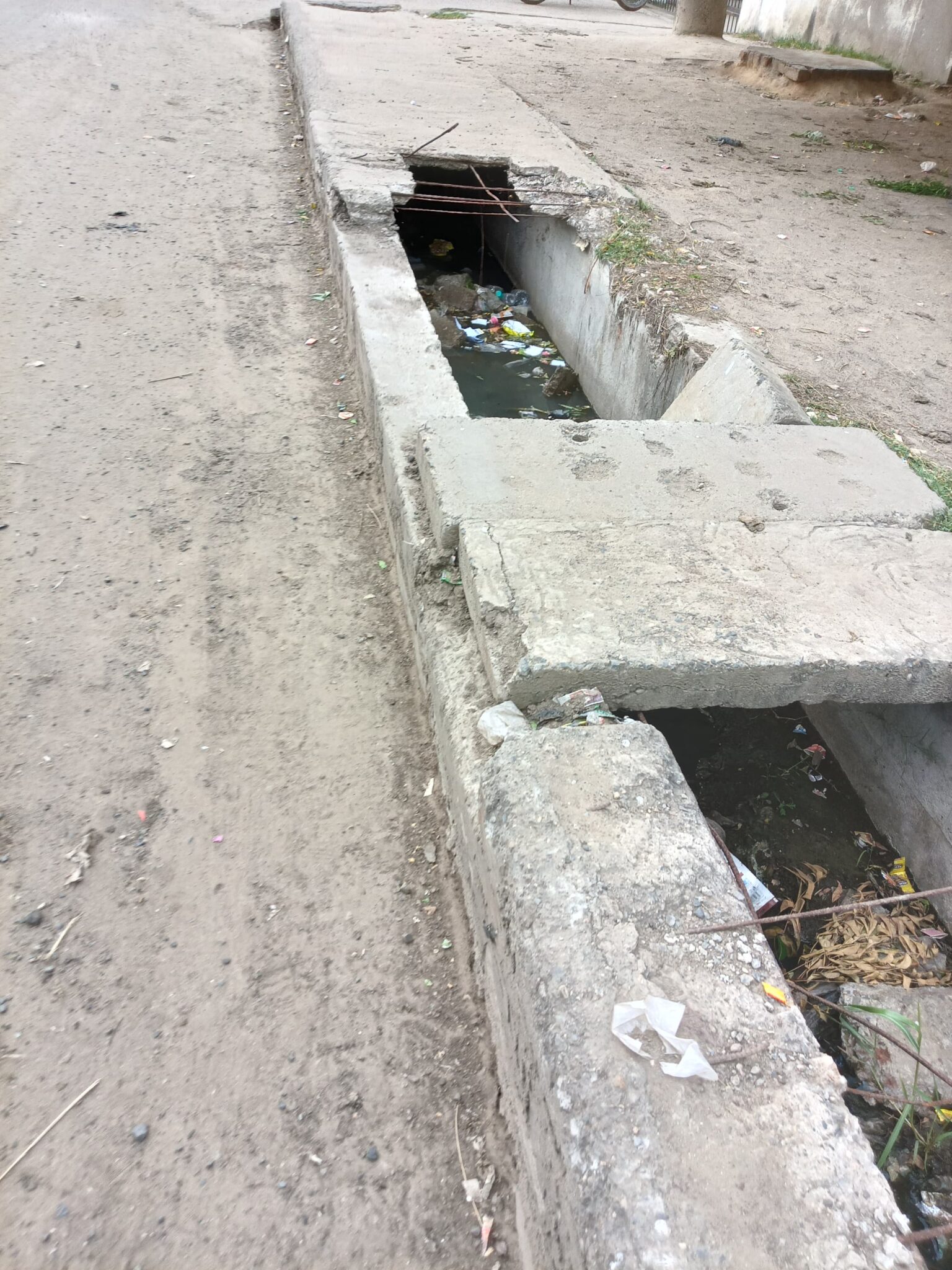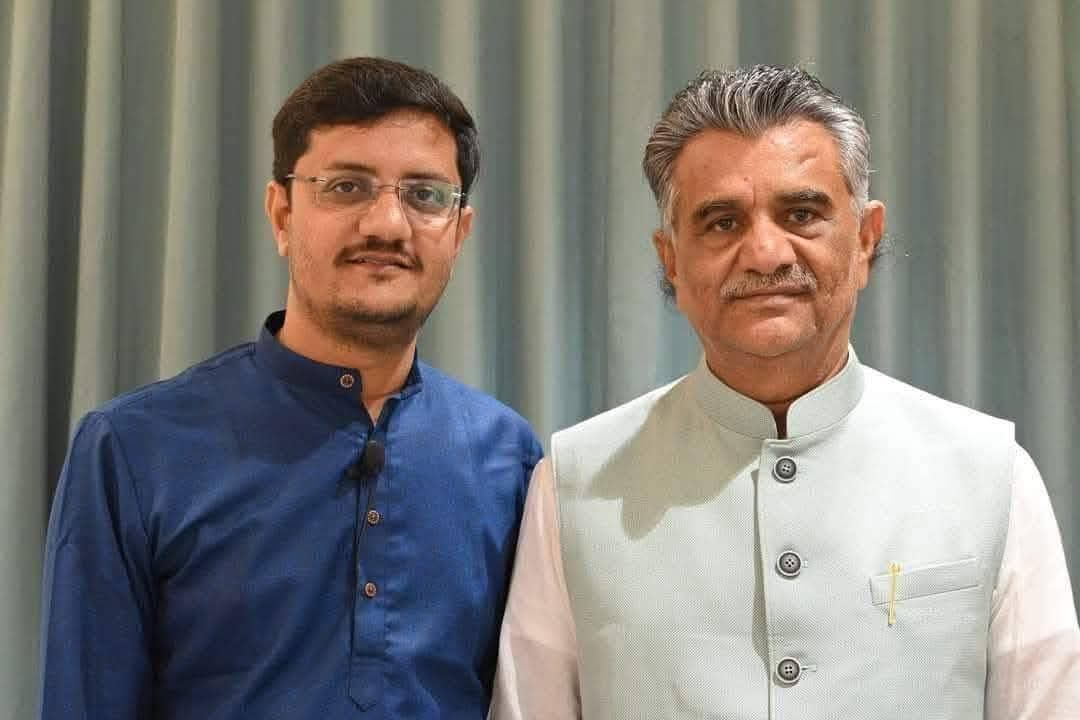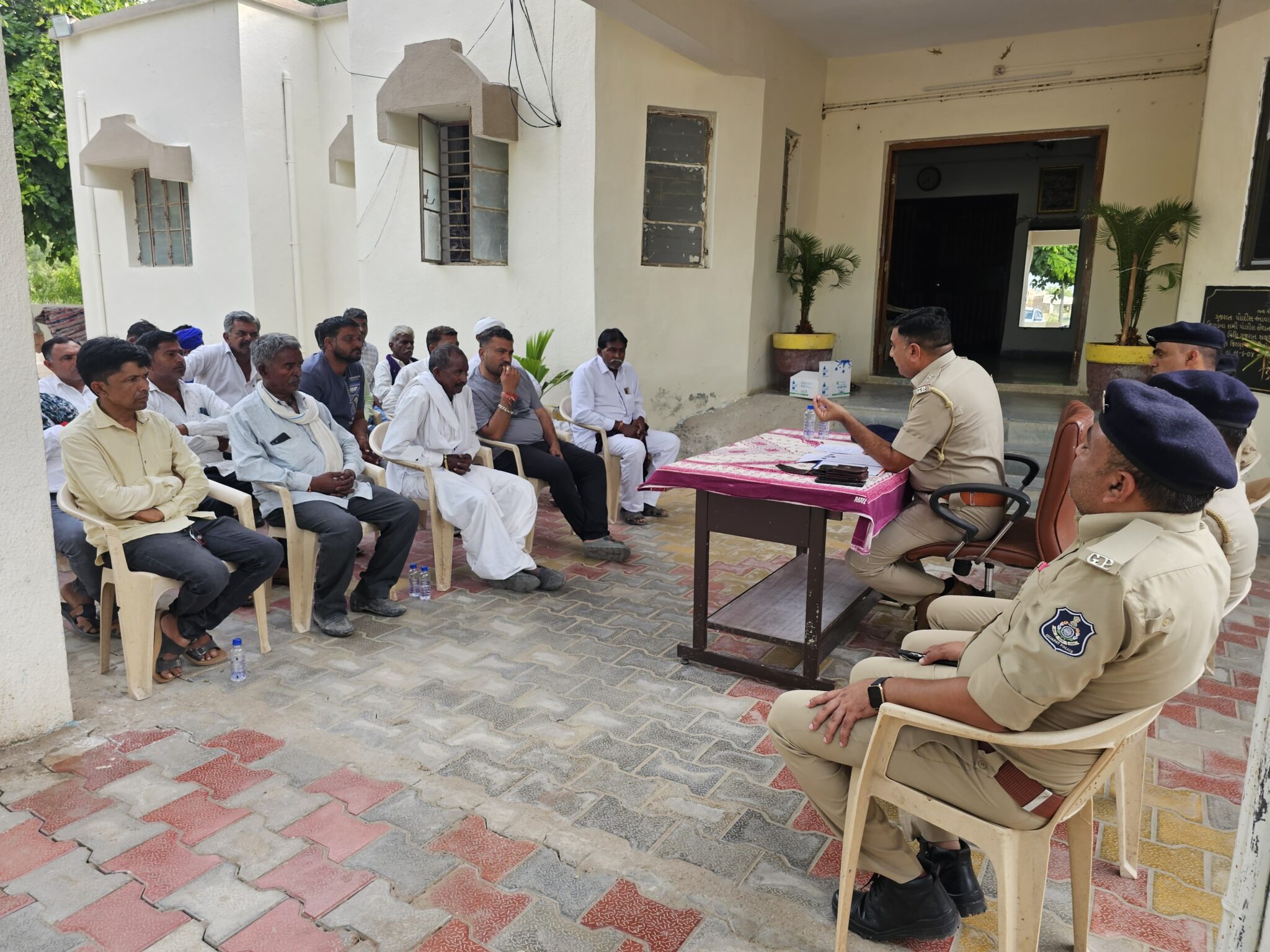Whoa! Ever felt like the crypto world is moving faster than you can catch a breath? I mean, seriously, one minute you’re just hodling, next thing you know, everyone’s talking about custody solutions and yield farming like they’re the new black. So, I was thinking about how traders, especially those juggling centralized exchanges, are navigating this maze. Something felt off about the usual wallet chatter—everyone’s obsessed with decentralization, but what about the practical side? The part where you actually want your assets safe and maybe even growing?
Initially, I thought that custody was just about storing coins, right? But then I realized it’s way more nuanced when you factor in integrations with big players like OKX. These wallets aren’t just safes; they’re gateways to markets, trading, and yield opportunities all wrapped in one. Hmm… that complexity can be a double-edged sword.
Here’s the thing. For traders in the US—yeah, those of us who like our apps smooth and our interfaces slick—the wallet experience can make or break your strategy. You don’t want to juggle a dozen platforms just to move assets or stake tokens. And honestly, the risk of leaving funds on a centralized exchange without a reliable custody solution still bugs me. It’s like leaving your bike unlocked on a busy street.
My instinct said that traders are craving something hybrid—combining the security of self-custody with the convenience of centralized exchange access. That’s where wallets like okx come into play. They bridge that gap, letting you interact seamlessly with the exchange while keeping control in your hands. But, wait—let me rephrase that… it’s not just about control; it’s about trust and usability blended together.
So, what about yield farming? It’s everywhere, right? Yeah, but there’s a lot of noise. On one hand, yield farming offers juicy returns, but on the other, it demands constant vigilance. The DeFi space can be wild, and I’ve seen some traders dive in headfirst, only to get burned by sudden protocol changes or liquidity pulls. Though actually, when integrated with a solid custody and exchange platform, yield farming can be a less scary beast.
Check this out—
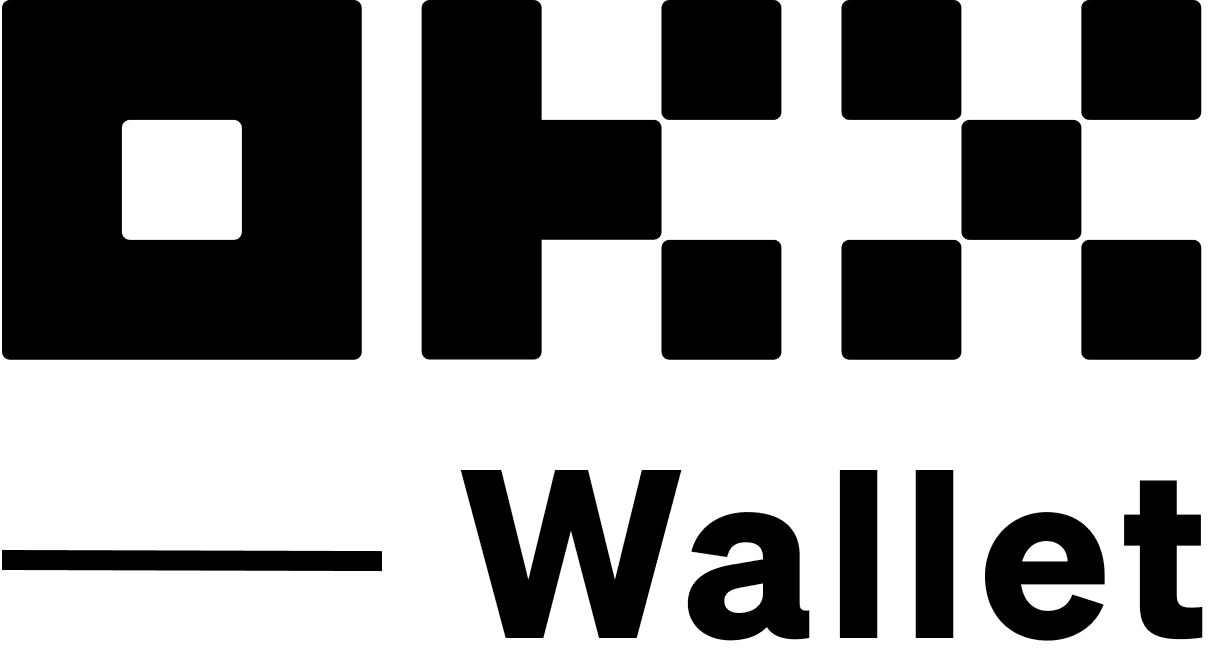
Yield farming isn’t just about chasing the highest APYs anymore. It’s become a strategic tool, especially when paired with wallets that support easy staking and swapping without the usual hassle. With platforms like okx, you get that streamlined interface that lets you jump between trading and farming without breaking a sweat. That kind of integration is a game changer for US traders who want to stay nimble.
But I’ll be honest, the landscape is still cluttered. There are wallets that promise the moon but fall short on security, and exchanges that don’t offer enough yield options. Plus, regulations keep shifting, making it tricky to know what’s safe and legal. Sometimes, it feels like you’re chasing a moving target.
One of the things that really got me thinking is how custody solutions have evolved beyond cold storage. Now, multi-sig wallets, hardware integrations, and browser extensions are common, but they come with their own learning curves. For traders who aren’t full-time crypto geeks, the complexity can be a real barrier.
What’s wild is how some solutions now embed centralized exchange features right inside the wallet. You can trade, stake, and transfer without leaving the app. That seamlessness reduces friction, which is huge because even a tiny delay or confusing step can cost you in fast-moving markets. The okx wallet extension nails this balance pretty well, honestly.
Still, I’m not 100% sure if this hybrid approach will dominate long term. Decentralized purists might scoff, but pragmatists like me see the appeal. It’s like having the best of both worlds: security plus convenience. Maybe it’s the future of how crypto trading and asset management will work, especially for folks juggling multiple strategies.
Okay, so check this out—yield farming rewards aren’t just about percentages anymore. They’re tied to how effectively you can move assets between platforms, and custody plays a huge role here. If you’re stuck transferring tokens back and forth, you lose time and gas fees, which eat into profits. That’s why integrated wallets that connect directly to exchanges and DeFi protocols are catching fire. They save time and reduce risks.
On a personal note, I’ve been testing a few wallets that link with centralized exchanges. The experience varies wildly. Some feel clunky, others are slick but raise red flags on security. Finding a balance is tough, and honestly, I’m still experimenting. But the ones with clear, simple UX that don’t sacrifice custody control win my vote every time.
Something else: US traders have to think about compliance and tax implications, which complicates yield farming even more. Having a wallet that can track transactions and integrate with exchanges that provide detailed reports is very very important. It’s not just about making money; it’s about doing it smartly.
Now, I won’t pretend the landscape is perfect. There are still gaps in user education, and the jargon can be overwhelming. But as wallets like okx continue to improve their offerings, the lines between custody, trading, and yield farming blur in a good way. It feels more like a unified ecosystem than a fragmented mess.
So here’s the kicker: if you’re a trader, especially in the US, who wants to dip toes into yield farming but hates juggling multiple platforms, look for wallets that integrate centralized exchanges smoothly. It’s not just a convenience; it’s a strategic advantage. And yeah, security can’t be an afterthought.
In the end, the crypto space is evolving fast. Traders need tools that keep pace without adding complexity. Custody solutions that combine security with easy access to markets and yield farming protocols are becoming essential. I’m watching this space closely because it’s where the real innovation is happening.
Anyway, that’s my two cents. I’m biased, sure, but the wallet you choose can make a huge difference in your crypto journey. Just remember, sometimes the simplest integrations offer the deepest advantages—even if it doesn’t sound flashy.
